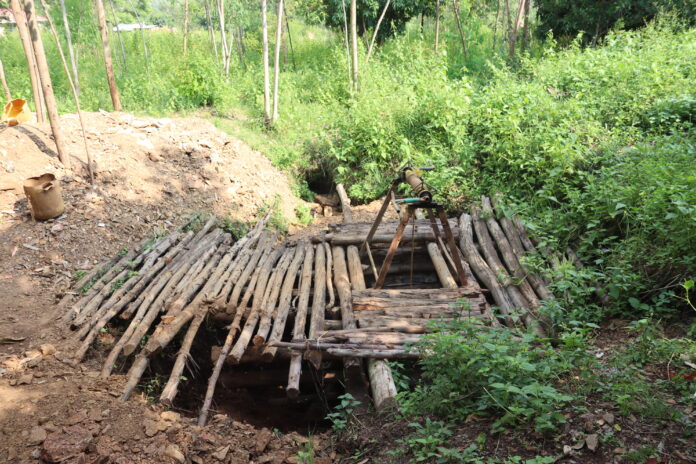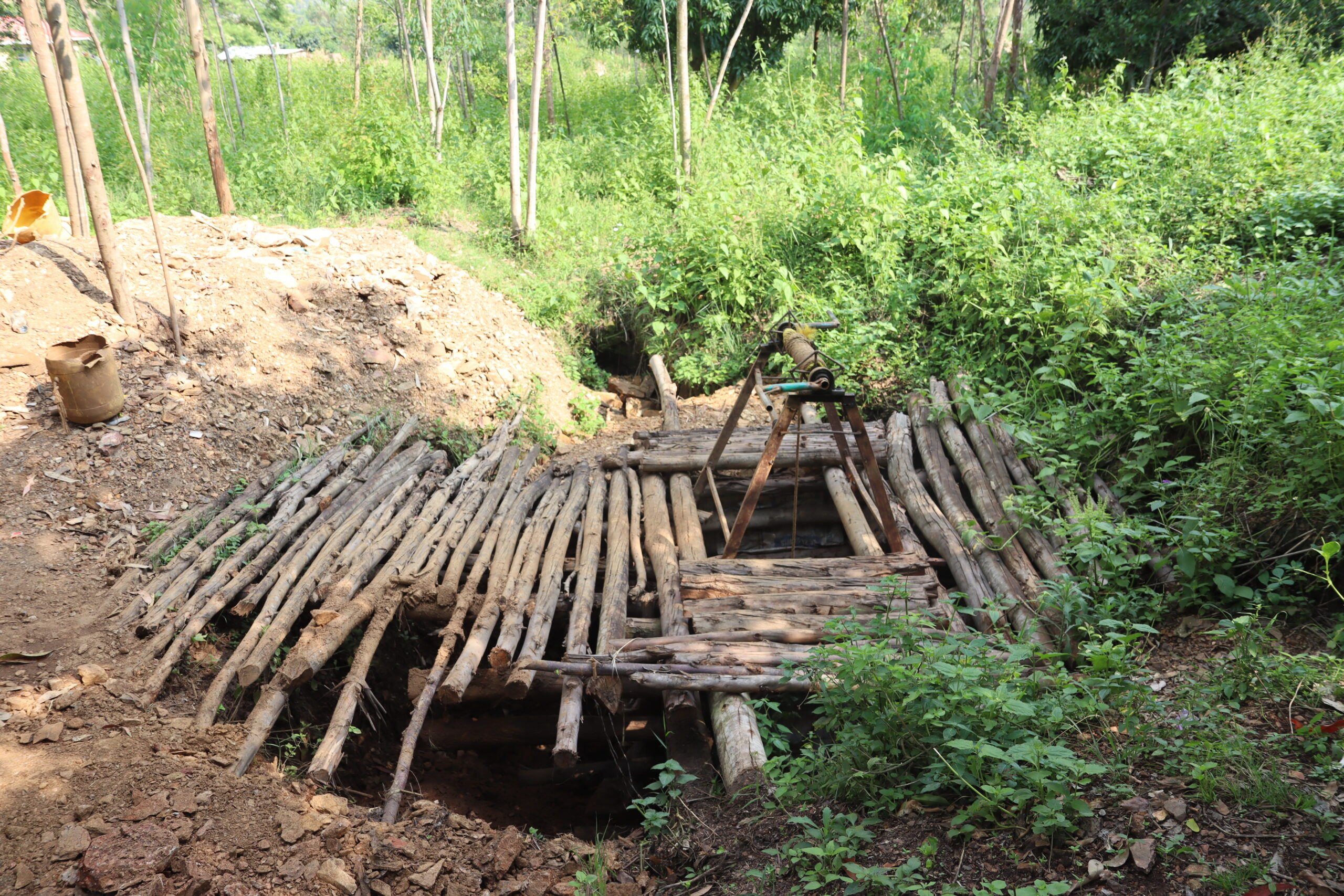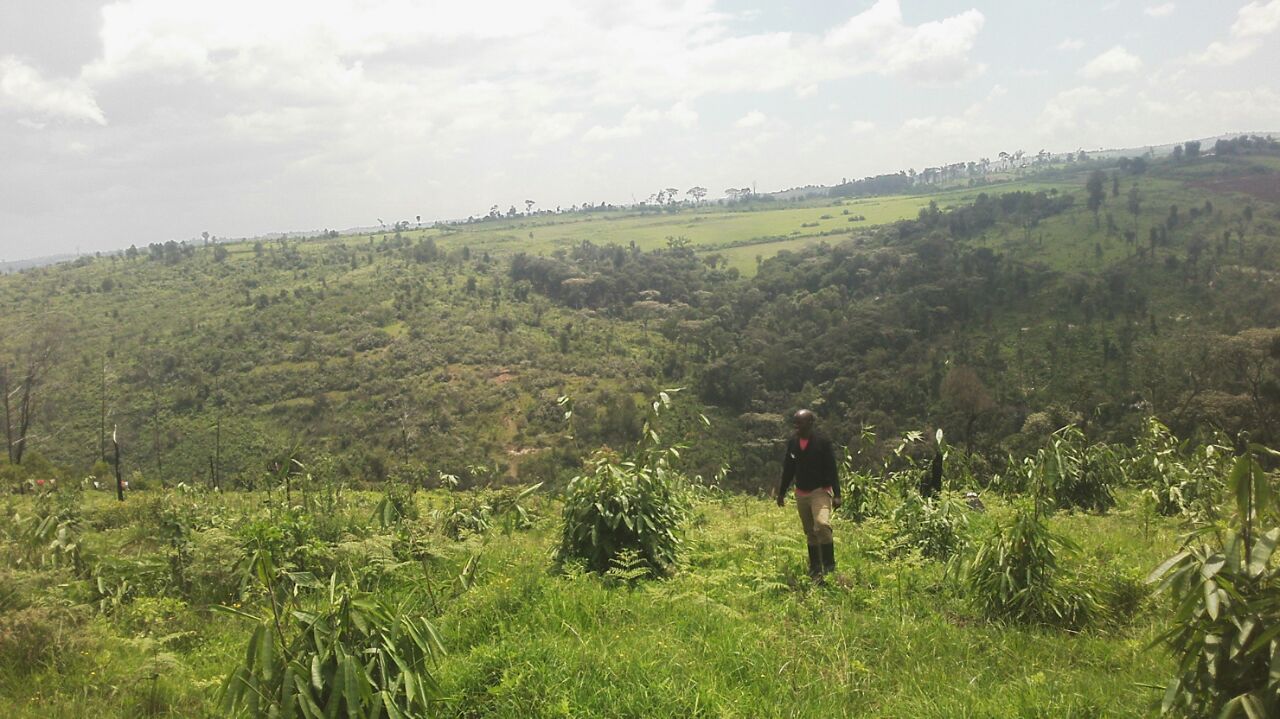
By Cyrus Njonde
Kenya’s mining sector has long played a crucial role in supporting rural livelihoods, particularly in mineral-rich regions such as Migori, Kakamega, Turkana, and Kitui.
Despite its low contribution to the national GDP of 1%, artisanal and small-scale mining (ASM) employs an estimated 250,000 miners, indirectly supporting at least one million people in Kenya.
Gold and gemstone extraction dominates the sector, with ASM accounting for 60% of Kenya’s total gold production. However, the sector’s informality has resulted in numerous challenges, including illicit financial flows, smuggling, environmental degradation, and security threats. Without urgent formalization, Kenya risks following the path of conflict-prone nations like Congo, Central Africa Republic (CAR), Sudan, and Mali, where unregulated mining has destabilized economies and governance structures.
Artisanal mining in Kenya is a vital economic activity for many rural communities. The miners operate using rudimentary tools and techniques, often without proper safety equipment or environmental considerations.
The sector’s informality has made it difficult for the government to track production, collect taxes, and enforce regulations.
While the Mining Act of 2016 recognizes artisanal miners, implementation gaps have left many miners without legal recognition, exposing them to exploitation by middlemen and illicit traders. This lack of oversight also fosters hazardous working conditions, child labour, and environmental damage.
Gold mining, in particular, has been linked to significant illicit financial flows (IFFs). According to the United Nations Economic Commission for Africa (UNECA), Africa loses an estimated $88.6 billion annually to IFFs, with a large share stemming from unregulated mining.

In Kenya, weak enforcement of mining laws has enabled smuggling networks to thrive, leading to the loss of tax revenue; for example, Kenya lost $700 million in taxes in 2012 due to smuggling. Minerals extracted in Kenya often find their way to international markets through porous borders, depriving the country of vital foreign exchange earnings.
The unchecked flow of mineral wealth also creates avenues for money laundering and the financing of illicit activities, including arms trade and drug trafficking. This poses a significant national security threat, as seen in other African nations where mineral wealth has fueled conflict and insurgencies.
A stark warning for Kenya can be seen to the north in Sudan and lies in the rise of Mohamed Hamdan Dagalo, commonly known as Hemedti, in Sudan.
Hemedti, a former artisanal gold miner, amassed vast wealth through unregulated mining, eventually rising to become Sudan’s most powerful warlord. His control over Sudan’s gold resources allowed him to fund a private militia, evade government oversight, and ultimately contribute to the ousting of former Sudanese President Omar al-Bashir in 2019.
Today, Hemedti’s Rapid Support Forces (RSF) continue to wield immense power, with illicit gold revenues fuelling ongoing conflict in Sudan.
Sudan’s experience highlights the dangerous nexus between unregulated mining, armed groups, and national instability. Similar patterns have emerged in the Democratic Republic of Congo (DRC), the Central African Republic (CAR), and Mali, where mineral wealth has sustained rebel groups and prolonged conflicts. Kenya must heed these lessons to prevent its mineral resources from becoming a source of national insecurity.
To safeguard its economic and national security interests, Kenya must urgently prioritize the formalization of its artisanal mining sector.
The following steps are critical:
The government must enforce mandatory registration for all artisanal miners to ensure proper oversight.
Simplifying the licensing process and making it accessible to small-scale miners will encourage compliance and reduce illegal operations.
Enhanced border controls, stricter enforcement of trade regulations, and digital tracking of mineral transactions can curb gold smuggling and money laundering.
Strengthening Kenya’s Financial Reporting Centre to monitor mining-related financial transactions is also crucial.
Instead of criminalizing artisanal miners, the government should offer training on responsible mining practices and provide access to modern equipment. This will improve safety, increase productivity, and promote environmental sustainability.
Collaborations between the government, mining associations, financial institutions, and international organizations can help create a transparent and well-regulated mining sector. Investment in value addition, such as local mineral processing and refining, can also enhance revenue retention within the country.
Kenya should also align its mining policies with the African Mining Vision and participate in cross-border initiatives to combat illicit mineral trade. Regional intelligence-sharing and joint enforcement mechanisms can strengthen efforts to regulate the sector.
The risks posed by unregulated mining in Kenya are too significant to ignore. If left unchecked, the sector could become a destabilizing force. The cautionary tale of Sudan’s Hemedti and the broader African experience demonstrate the urgent need for Kenya to formalize and regulate its mining sector.
By enforcing licensing, strengthening border controls, supporting artisanal miners, and fostering regional cooperation, Kenya can transform its mineral wealth into a force for economic growth and national stability rather than a catalyst for insecurity and conflict.
The writer is a Mining and Mineral Processing Engineer working with artisanal and small-scale gold miners in Migori.













